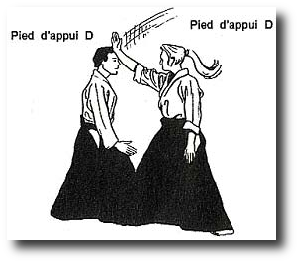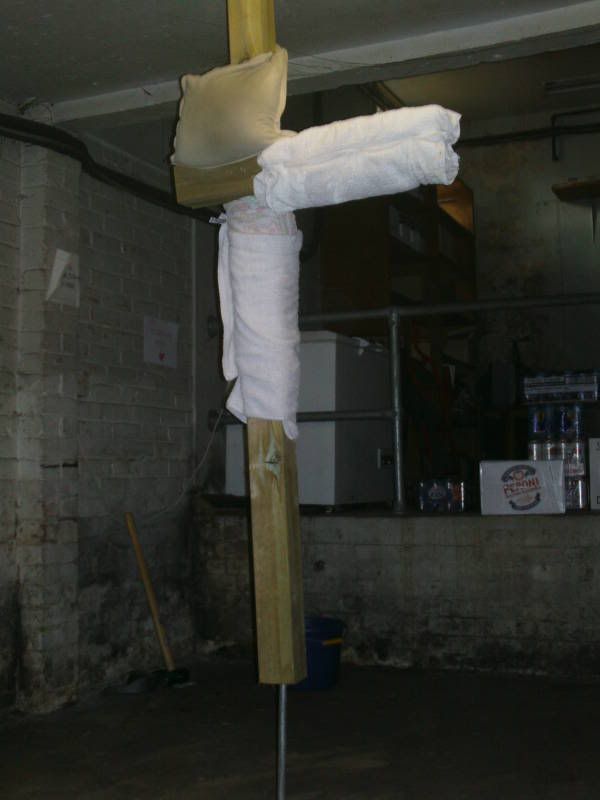Defining the martial arts term aiki 合気 is a tricky venture. In fact I will venture to say defining aiki is absurd. It is undefinable, but the journey of defining it IS the path and practice. It is my belief that essentially it is a word like 'magic' with multiple meanings, or even no real meaning. It is a word an artist adopts and spends their entire life rethinking the meaning of over and over.
First lets take a look at some common translation errors. Often 合気 is translated as harmony-spirit. Some translators have even called aikido the art of peace, again a poetic, but non literal translation. This character 和 means peace/harmony not 合.
'Ai'
愛 in Japanese is love, so again it is a common incorrect translation to call aikido the art of love. Aikido uses this 'ai' 合, not this one 愛.
合 - to fit
In our quest to understand this elusive term, let us look at the literal translation of 合. In most dictionaries the definition of 合 - to fit. To fit. I like that. It makes a lot of sense really. I can see how many translators want to layer their own poetry onto the definition, but I think 'to fit' works great.
That being said, kanji are quite complex, so sometimes other words are associated to make the meaning clearer.
合 fit, match, suit, join, combine, unite, coincide, agree 気 - atmosphere, spirit, will, intention
気 - atmosphere, spirit, will, intentionNow let us look at the second charecter in 合気 aiki, the 気. Spirit is a fair literal translation. But the BIG problem is that even in our native tongue of English this is not a clearly understood word. In Japanese there are a handful of characters meaning spirit. Let's look at the other characters so we can determine what spirit ki 気 is not.
精 - a spirit,a soul,energy,vigor,
霊 - the ghost, the departed soul, the soul, the spirit
魂 - a soul, a spirit, a ghost
So 気 is not soul kind of spirit. It is something different, really.
気 air, atmosphere, spirit, mind, heart, will, intention, feelings, a mood, nature, a disposition, attention, care, a sign

I suppose we could take a word from the first character translation and combine it with the second to begin to construct our own personal poetic translations.
合 fit, match, suit, join, combine, unite, coincide, agree
気 air, atmosphere, spirit, mind, heart, will, intention, feelings, a mood, nature, a disposition, attention, care, a sign
合気 is fit/mind, match/disposition, join/nature, unite/mind, fit/spirit
While hopefully the word soup gets us thinking about aiki in new and different ways, that fact is as artists we all begin to come to a personal understanding of what aiki is and what it isn't. Over the years I have heard many people give personal definitions of it and I would like to start collecting them here as the years progress. Following I will list personal definitions I have heard, or that readers submit.
合気 is
1. Accommodation to circumstance
2. Instant victory
3. Instantly penetrating the spirit of the opponent
4. Nonviolent action
5. Movement that is invisible to the tactile senses of the opponent
6. Teaching lineage from Takeda and Ueshiba
7. Fitting to energy
8. Sagawa reports that AIKI was defined by Takeda as a specific technique that could be taught quickly, therefore he was very careful about whom he showed it to.
9. Finding the fit
10. Confluence
11. Synergy
12. The skill of unifying yourself internally , both mentally and physically, as well as externally with space and change(opponent and with environment.)
What is yours?
As a final interesting note, Aiki
噫気 means burp.

















































